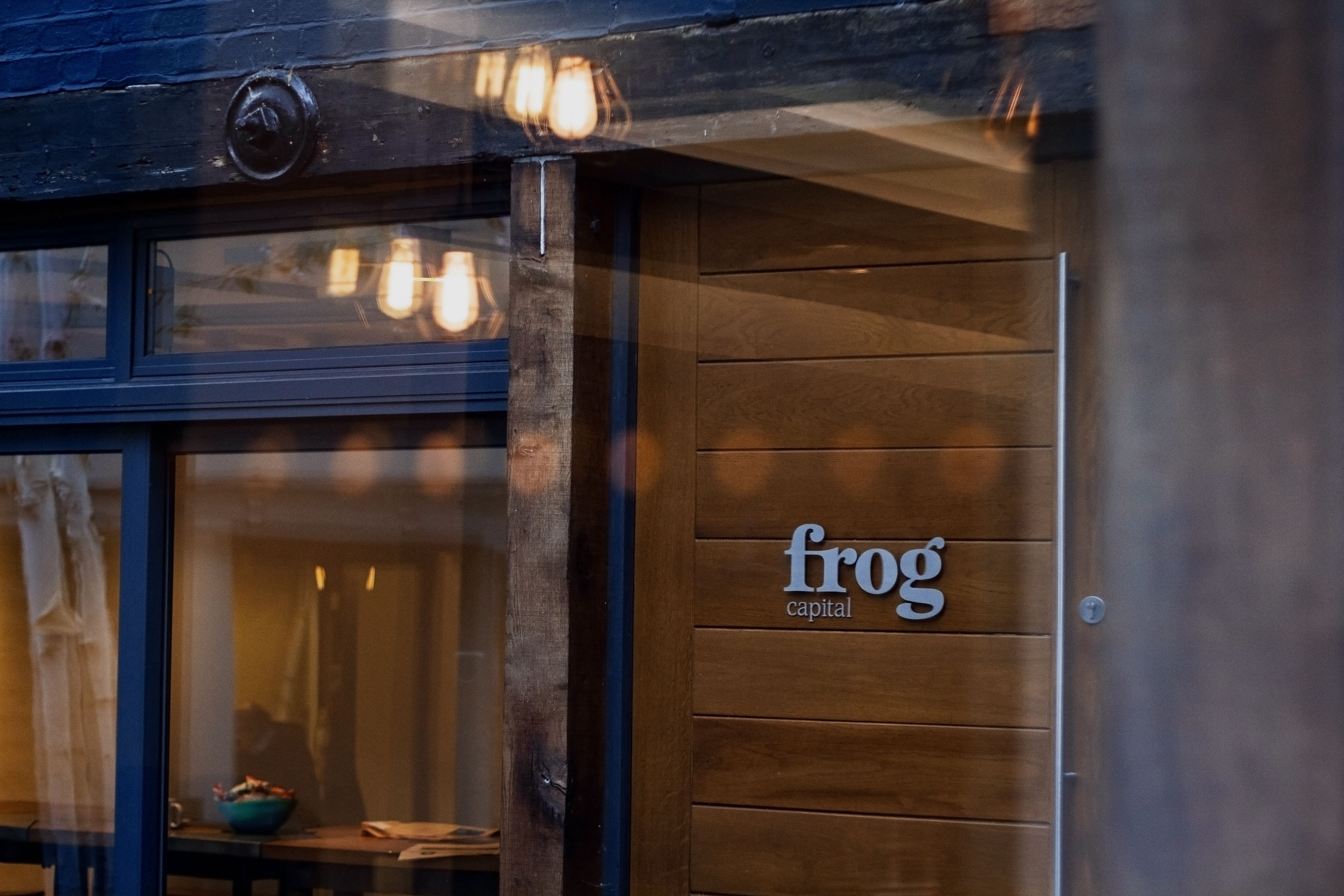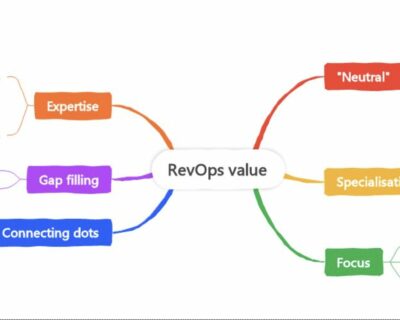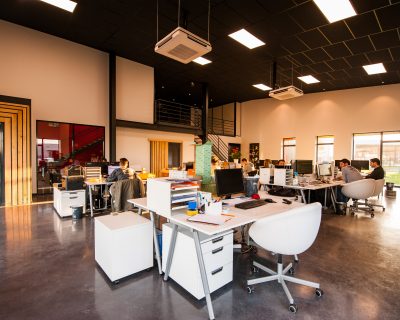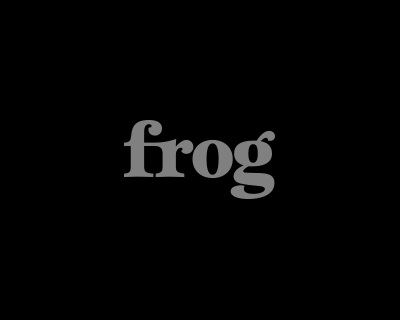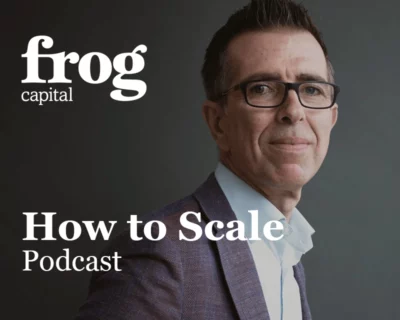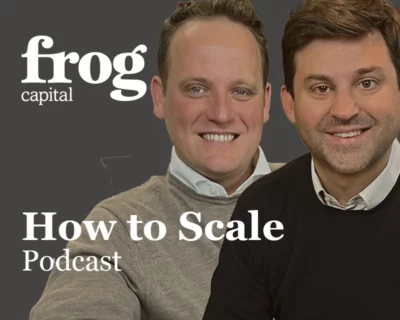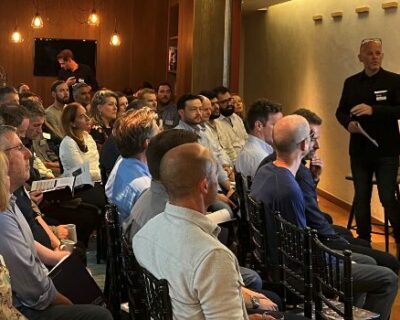By Martin Leuw
Martin Leuw knows what it takes to scale a business successfully. During his ten years as CEO and significant management investor at IRIS Software, he developed the business into the UK’s largest private software house, growing from £2m pa EBITDA to £50m pa.
Martin is now Chairman, NED and investor in multiple technology and talent management businesses. He is equally the founder of Growth4Good – a business accelerator focused on partnering and investing in high-growth social businesses in the digital media and technology sectors.
When I first stepped into the CEO role at IRIS Software, I had quite a tough job ahead of me. The outgoing Founder had been running the company for 22 years – he’d really put his footprint on the organisation, so coming in as a new CEO was quite challenging.
On my second day, I asked my predecessor to go home – I was grateful for his support and guidance in helping onboard me into the role, but I knew I wanted to take the organisation down a different path. I needed to do this on my own.
And if I was going to scale the business to the next level, I wanted to take all our employees with me on that journey.
Engaging with the individual
One strategic approach I had was to pay special attention to every individual. A CEO has to get to grips with what a variety of people on the team think, not just the senior team, especially as the business grows.
At my interview for the role, I told the board I planned to conduct a one-to-one meeting with every one of our 100 employees. They were surprised.
Over my first 90 days, I had a one-to-one with every single person to get their perspective on the company, asking one key question, “if you were CEO for the day and there was only one thing you could change to improve our performance, what would it be?”.
Naturally, this was a very time-intensive exercise, but it was the most unbelievable way to get a deep understanding of every element of the business, the people within it, their different functions and how they were working together.
I was also adamant that every employee should become a shareholder. This was very unusual in a PE-backed business but helped us build a strong culture of ownership. Everyone was clearly aligned with our vision and strategy.
Refreshing and rebranding
I rebranded the business from Transaction Technology to IRIS software (the name of our products) six months after joining. Culturally, that was an important move – it enabled me to put a new stamp on the business.
It was crucial to me that everyone felt that they were part of one brand called “IRIS” to reinforce our company values. Even within a fairly small, but growing, team of 100, there were groups of staff who had been there quite a while and had become siloed. We really wanted everyone to be as aligned as possible.
Hiring the right team
It might sound obvious, but you have to make sure you have the right people when you’re growing a business. Hire better people than you can afford to or than you think you actually need. Part of our success in scaling up came from ensuring we had the best team in place to make it happen. Although it was tough, I was quick to exit poor performers and I provided support for employees who had potential. The most difficult task is to dismiss high performers whose behaviour doesn’t fit the culture and who can demotivate others.
Striking a balance
Organisationally, we were a functional team; we had built excellence into each aspect of what we did. The next step was creating a balance.
My benchmark for the ideal distribution of staff is 30% sales and marketing, 30% product and technology, 30% customer service and 10% admin. This creates an evenly weighted organisational structure, which keeps customer success as a top priority. Investing in product, sales and service keeps central overheads lean while retaining a balanced ratio. We managed to keep this structure as we grew and it contributed significantly to our 98% customer retention.
If, as a CEO, you think that your own scale-up’s distribution might differ from this, you should be asking yourself if there is a valid reason for this. Understand why your company might differ from this model and assess whether you are investing enough in acquiring new customers, retaining existing ones and ensuring your product/service can meet the needs of your market both now and in the future.
Growing as an organisation
As a CEO, you are like the conductor of an orchestra. You can’t play every instrument yourself (and it can hinder growth if you try to) but you can blend the skills within your organisation to make beautiful music!
There were 100 people working at IRIS when I joined – and 1200 when I left almost 10 years later. This growth would in no way have been possible without engaging directly with every employee, understanding their challenges and motivations and knowing how to apply that to the organisation as a whole. It is rarely an easy journey – but well worth the investment you make in your team.
Read more from Martin Leuw: How to build a strong organisation



